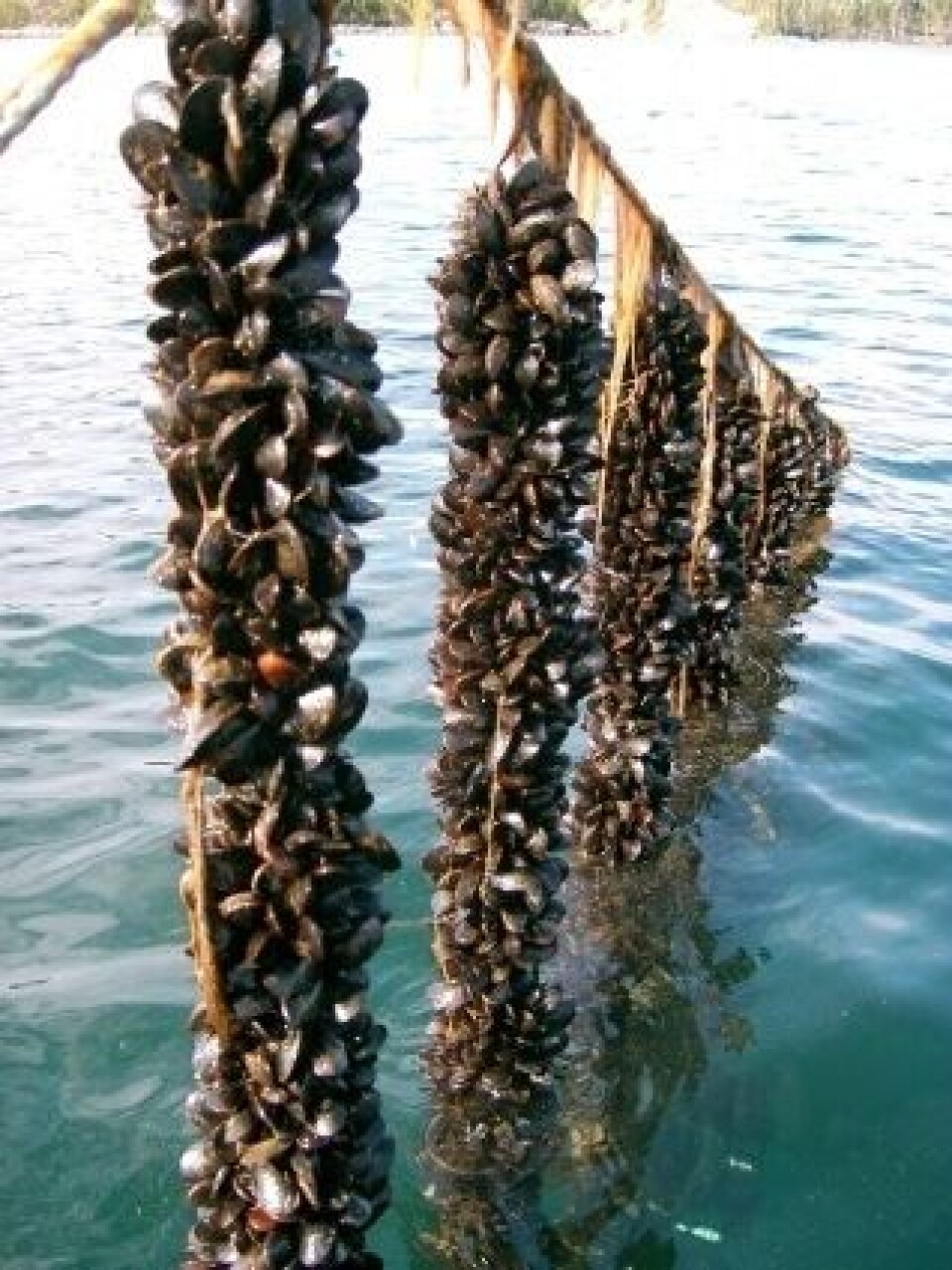
Research supports aquaculture at Swansea Bay
A new report has confirmed the potential for aquaculture in the proposed Swansea Bay Tidal Lagoon, which could be used to farm a range of marine species.
The report is part of a trio of inter-related publications from “Closing the Circle: Aquaculture Development in Enclosed Waters”, a project supported through seafood industry body Seafish’s Strategic Investment Programme (SIP).
It found the sheltered lagoon has strong potential for aquaculture, including farming mussels, oysters, scallops, clams, cockles and seaweed; all of which have local and international market potential, although trials would be needed to see how the shellfish and seaweed would grow inside the proposed development.
It would be the first time that offshore marine renewable energy generation has been combined with aquaculture, says the report, which was led by Martin Syvret from Aquafish Solutions Ltd and Dr Andrew Woolmer from Salacia-Marine, in collaboration with industry partners.

The report, Aquaculture Opportunities For Enclosed Marine Water Bodies - Tidal Lagoon Swansea Bay Case Study, also examines wider opportunities for aquaculture in and around enclosed marine water bodies, such as ports, natural lagoons, estuaries, sea lochs and managed retreats. It is accompanied by an Aquaculture Site Scoping Matrix, which can be used by industry to identify further potential locations for aquaculture operations.
Generic shellfish hatchery
This SIP project has also created a generic shellfish hatchery design aimed at tackling the shortage of shellfish seed that can be raised to adulthood by commercial shellfish farmers; an acknowledged bottleneck that has held back the expansion of aquaculture in the UK. It is hoped that industry will be able to use the hatchery design to help increase the supply of seed and boost production.
Lee Cocker, aquaculture manager at Seafish, said: “We are proud to have supported this strategic and innovative SIP project that will assist the growth of the UK aquaculture sector, and we hope that the industry can make good use of the findings.
“The prospect of siting aquaculture within an area such as the world’s first tidal lagoon renewable power development is undoubtedly exciting, however, the findings of the project are also pertinent to other offshore renewables sites such as wind farms. The project helps provide an overview of aquaculture species and techniques that could be considered in other marine enclosed water bodies, and the hatchery aspect has the potential to support a more general expansion of seed availability for UK aquaculture."
All the outputs generated by this SIP project can be downloaded from the new Seafish aquaculture web page.






















































